August 25-26, 2017
Our last full day on Leg 9 of the Canada C3 expedition arrived far too quickly.ô In the morning briefing we shared highlights from our two days in Gjoa Haven, and discussed what our last 24 hours on the Polar Prince would entail.ô A group of us spent the morning finalizing the group artwork for the hangar; we created two images connected by text (in French, English and Inuktitut) that symbolized the collaborative adventure we had been on together, moving from traditional conceptions of the North for many, to something more personal, evocative and transformative.
We felt lucky to have one final afternoon to learn on the land at Jenny-Lind Island, home to snow geese, owls, lemmings, squirrels, and muskox.ô While we only saw the first and the last of this list of animals, there was lots of evidence of all in the form of feathers, bones, holes, and hoofprints strewn across the sand, rocks, peat bogs, and water of this immense, flat island.ô Many on the trip used the long hike as a time of reflection, reviewing our experiences, conversations, and rich learning of the previous twelve days.ô This continued as we headed back in light rain to the ship, where a final celebratory dinner awaited us, prepared by Chef Matt.ô Accompanied by impressive videos of the trip from the Communications Team, poetry readings, and guitar music later in the hangar, we began the process of trying to understand what Leg 9 has meant to each of us.
This continued through our long journey home the next day, talking in pairs and small groups as we travelled from Cambridge Bay to Yellowknife, and then onto Edmonton, and for me, finally arriving in Toronto in the wee hours.ô A range of emotions hit me as I travelled from the North to home ã sadness that this remarkable adventure was over; happiness in seeing my family; but mostly gratitude for the incredible gift of going on this expedition at this moment in my life.ô While the immediate challenge of travelling to new places and learning from such interesting people is over, now comes the hardest part of the journey; how I will I share what I have learned with others? ô How has this voyage changed me as a person, as an educator, as a mother, wife, sister and daughter? ô How will the process of making meaning help me to contribute to Canadaãs growth as a nation in her next 150 years?ô These are the questions that Iãll continue to work towards answering in the days and months to come.
 ô ô
ô ô  ô ô ô ô ô ô
ô ô ô ô ô ô 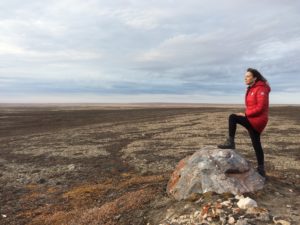
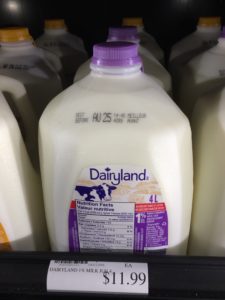
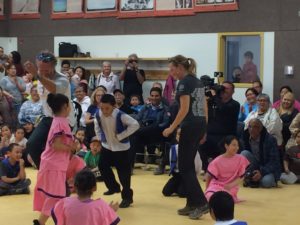



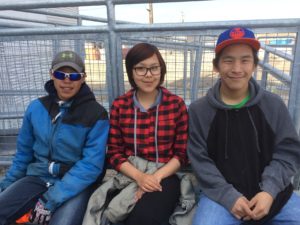

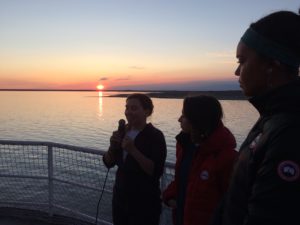











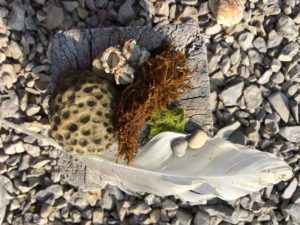


 ô ô ô ô ô ô
ô ô ô ô ô ô 

